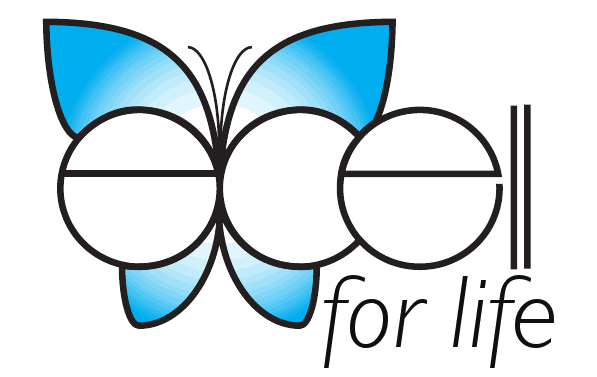OCD (Obsessive-Compulsive Disorder)
OCD has a lifetime incidence of about 2%, with symptom usually beginning in adolescence, and can cause marked distress and disability (and can be associated with depression, panic disorders, and substance abuse).
OCD interferes with family and social relationships and work performance and is likely to persist without effective treatment. People are often embarrassed and reluctant to report OCD symptoms. If the diagnosis of OCD is suspected, these two screening questions can help decide – Do you have thoughts that are hard for you to get out of your mind? Do you feel the need to perform certain tasks that you really don’t want to do or don’t make sense over and over?
Obsessions are recurrent intrusive thoughts or images which cause significant distress.
Compulsions are repetitive activities to try to counteract the anxiety caused by the obsessions.
Common obsessions are
Unrealistic needs for order (intense distress when things are disordered or asymmetric)
Repeated doubts (eg. wondering if an alarm was set)
Fear of contamination (dirty from shaking hands, etc.)
Excessively drawn to sexual imagery (recurrent porn images of thoughts)
Excessive religious self-condemnation (excessive concern about unknowingly sinning or bad thoughts) and
Aggressive impulses/thoughts (images of hurting a relative or person).
Common compulsions are
Over checking (repeated checking doors, alarms, appliances)
Over cleaning (hand washing, housecleaning)
Constantly ordering (reordering things to achieve symmetry)
Ritualistic mental acts (counting, repeating words, praying)
Repetitive actions (like walking in/out of doorway multiple times)
Hoarding (saving rash/unnecessary things) and
Constantly seeking reassurance (asking others continually for reassurance).
Treatment Methods for OCD
Treatment for OCD is through education, support, behavioral therapies, and medicine, though if usually takes weeks and months for the best effects/results of these treatments.
Cognitive behavioral therapy (CBT) has been proven effective for OCD, and is done under the direction of a trained counselor. They teach people with OCD to confront their obsessions and to avoid performing the compulsive behaviors.
The best medicine for treating OCD is an SSRI like Prozac, Paxil, or Zoloft. For effectiveness in OCD, they are often needed in their maximal dosages and may take longer than usual to notice their effectiveness (even 10 – 12 weeks).
Medical therapy then should be continued at least 2 years, and often for a lifetime.
If an SSRI is not effective, another medicine can be added or switched to like clomipramine (Anafranil), or Effexor, or an anti-psychotic mood stabilizing medicine (like Risperdal, Seroquel, Haldol, or Abilify).
Natural/alternative medicine therapies include the CBT and moderate intensity aerobic exercise (but St. John’s wort has not been shown to help OCD).
